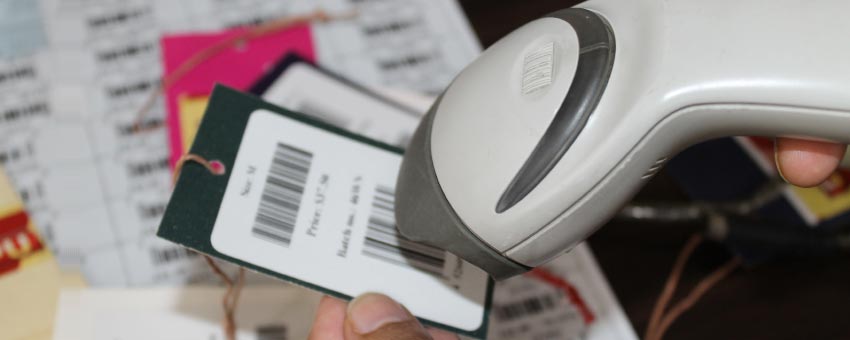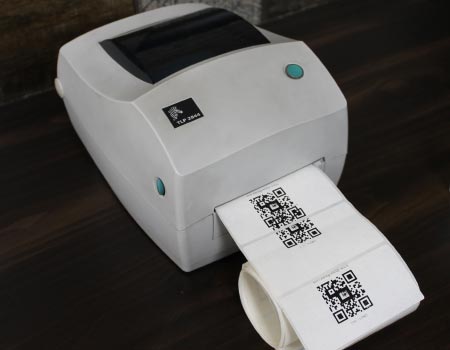Integrated Banking Barcode Systems
Barcode systems can be integrated with other banking IT systems, such as inventory management and asset tracking, in several ways:
-
Barcode Inventory Management:
Barcode systems can be used to track and manage the inventory of banking supplies, such as cash, checks, and other documents. Each item can be labeled with a unique barcode that is scanned when it is received or disbursed, allowing for real-time inventory tracking.
-
Asset Barcode Tracking:
Barcode systems used to track the location and usage of high-value banking assets, such as ATMs and safe deposit boxes. Each asset can be labeled with a unique barcode when it is moved or serviced, allowing for accurate tracking location and usage history.
-
Integration Banking Software:
Barcode systems can be integrated with banking software, such as customer relationship management (CRM) and loan management systems, to automate data entry and improve accuracy. For example, barcodes used to scan customer IDs, eliminating need for manual data entry and reducing errors.
-
Mobile Scanning:
Some barcode systems can be integrated with mobile devices, such as smartphones and tablets, allowing for on-the-go scanning and data entry. This can be useful for banking employees who need to scan barcodes while in the field, such as when inspecting ATMs or servicing remote bank branches.

Download and Install DRPU Bank Barcode Software
Account Management and Transaction Processing Of Banking
Barcode systems can be integrated with other banking IT systems, such as account management and transaction processing, in several ways:
-
Point-of-sale (POS) systems:
Barcodes can be used to track transactions, identify products, and manage inventory at the point of sale. This can be particularly useful in retail banking, where banks sell products like credit cards, insurance, and investment products.
-
Asset management systems:
Barcodes can be used to track and manage bank assets, such as ATMs, computers, and other equipment. This can help banks identify when equipment needs maintenance, track the location of assets, and manage inventory.
-
Account management systems:
Barcodes can be used to identify customers and their accounts, making it easier for banks to process transactions and provide personalized service.
-
Check processing systems:
Barcodes can be used to identify and track checks as they move through the processing system, making it easier to manage and reconcile accounts.
-
Access Control:
Barcodes are used to control access to secure areas of the bank, such as vaults and data centers. This ensures that only authorized personnel have access to sensitive information and assets.
Overall, integrating barcode systems with other banking IT systems can help banks improve efficiency, accuracy, and customer service.
Banks Ensure Compliance with Barcode Scanning Policies and Procedures

-
Develop a clear policy:
Banks need to develop a clear policy outlines use of barcode scanning systems in the bank operations. The policy should include guidelines on how system should be used, who is responsible for using it, and consequences are for non-compliance.
-
Provide training:
Banks need to provide training to staff on how to use the barcode scanning system effectively and efficiently. The training should cover topics such as how to scan barcodes, how to interpret the information obtained, and how to troubleshoot common issues.
-
Conduct regular audits:
Banks should conduct regular audits to ensure that staff are following the barcode scanning policy and using the system correctly. The audits should be conducted by a third party to ensure that they are objective and unbiased.
-
Provide ongoing support:
Banks should provide ongoing support to staff to ensure that they can continue to use barcode scanning effectively. This support can include regular training sessions, access to technical support, and provision of updated documentation.
-
Monitor compliance:
Banks should monitor compliance with the barcode scanning policy and take corrective action where necessary. This can include disciplinary action against staff who fail to comply with the policy or the implementation of additional training to address areas where compliance is lacking.
Download and Install DPRU Bank Barcode Software
